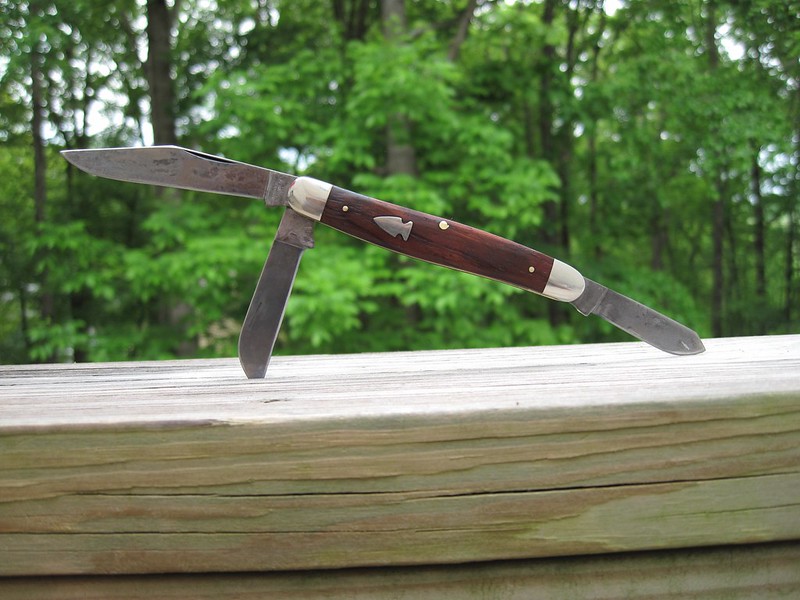Thought I'd ask this of the "old school" steel experts.
Is a dark patina better at rust prevention on a carbon steel blade than a lighter-colored one? What about multi-colored patinas such as caused by cutting certain foods such as mangos? Does any of that matter, or is it simply that it has any patina that makes the difference in rust prevention?
I only own (thus far) one traditional slipjoint, a Northfield #92 Talon. Since I got it a few weeks ago it has acquired a light patina with a few darker streaks from cutting bananas and apples. I like the way it looks now but wonder if I should try to get it darker. And of course as I get new traditionals I want to do right by them as well. (I should perhaps mention all my knives are users; I don't do safe queens.)
Is a dark patina better at rust prevention on a carbon steel blade than a lighter-colored one? What about multi-colored patinas such as caused by cutting certain foods such as mangos? Does any of that matter, or is it simply that it has any patina that makes the difference in rust prevention?
I only own (thus far) one traditional slipjoint, a Northfield #92 Talon. Since I got it a few weeks ago it has acquired a light patina with a few darker streaks from cutting bananas and apples. I like the way it looks now but wonder if I should try to get it darker. And of course as I get new traditionals I want to do right by them as well. (I should perhaps mention all my knives are users; I don't do safe queens.)





